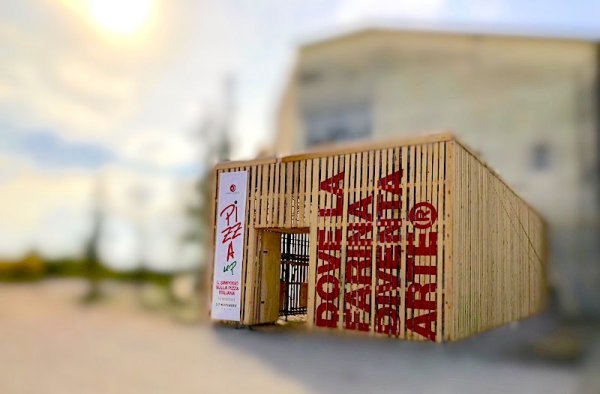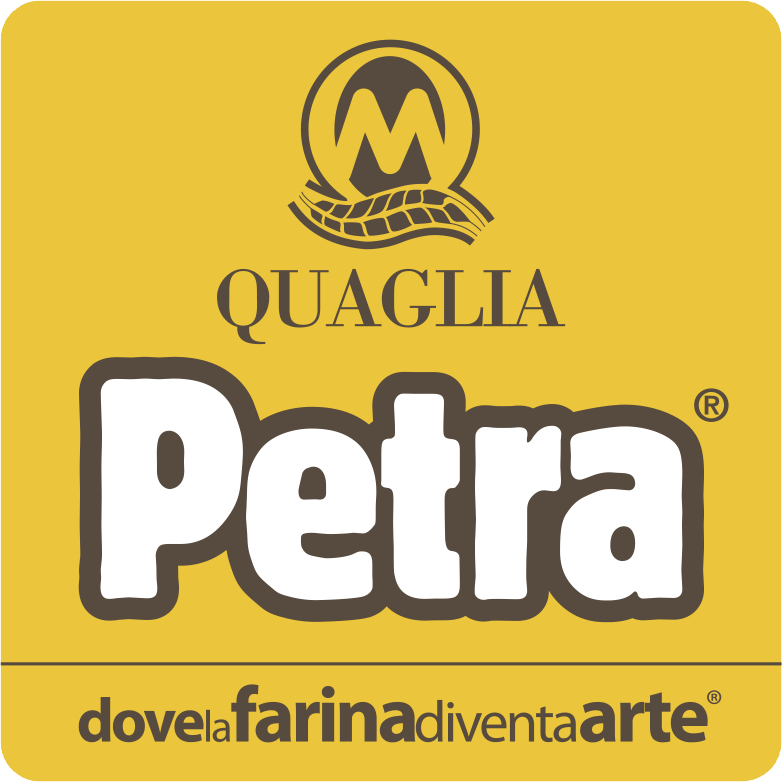On Monday 5th of November, PizzaUp was back, with its 13th edition. This year the format was completely new, compared to the previous 12 editions.

The theme was be across-the-board: the interactions between climate and cereal cultivation techniques, milling techniques, the transformations caused by fermenting dough, up to a more complete vision of how pizza can interpret the benefits of the Mediterranean diet through its regional versions.
Each day we had a theme and each theme was analysed by speakers from universities, farming, and a team of cooks and dough technicians for whom this topic is a daily commitment.
Monday 5th November: soil – The relationship between food and climate is as close as ever, because natural cuisine must follow the rhythm of the seasons. The fact ingredients change in quality should not be considered as a bias, but as something that must be enhanced with the right techniques.
In the morning there was a speech by professor Salvatore Ceccarelli, a researcher and internationally renowned expert who personally experimented and then introduced in Italy the cultivation of the evolutive mix of wheat; later it was the turn of Giuseppe Li Rosi who is now the keeper of the seeds that make that mix and from which our Petra Evolutiva is born.
Later, in the afternoon, there were four workshops at the same time: Giulia Miatto and Giovanni Marchetto on specific techniques on dough for pizza and focaccia with a blend of different cereals, Eugenio Boer, Andrea Mattei and Cristian Torsiello with a master class on their way of interpreting the relationship between soil and cooking followed by a cooking workshop in teams.
Tuesday 6th November: fermentations – The premise is that these processes were originally introduced to preserve ingredients before refrigerators were invented. Today, knowing how to control the fermentation process, instead, creates new possibilities in terms of flavours, texture and nutrients. Just think of how mother yeast can make the organoleptic experience of eating pizza even more noble: it enhances the aromas of other ingredients, reduces the glycaemic peak and the inflammatory tendency of gluten.
And then there’s the fermentation of vegetables, as well as meat and fish. Four workshops took place at the same time, with an encore of the one on dough made from different cereals, and, in the afternoon, an experimental one on the different organoleptic and nutritional features of mother yeasts originating from different cereals. Finally there were three masterclasses on the topic, followed by team workshops directed by Alessandro Dal Degan, Oliver Piras and Wicky Priyan.
Wednesday 7th November: different cuisines – Today it is hard to think of pizza without knowing cooking techniques that are respectful of the ingredients used. Mastering heat, the different cooking timings, the cutting and the frying of vegetables, the processing of meat and fish, are only some examples of techniques that must be a part of a contemporary pizzaiolo’s knowledge.
We started with an encore of the experimental workshop on mother yeast (with Giulia Miatto and Giovanni Marchetto) and, at the same time, two masterclasses on the same topic, followed by workshops in teams, directed by Corrado Assenza and Lionello Cera.
Finally, the afternoon programme ended with a speech by Corrado Assenza on the metamorphosis of the chef (and pizzaiolo?) halfway between performance and cooking, followed by a debate on this topic with the journalists invited to the symposium.
More details on pizzaup.it
Piero Gabrieli
source: https://www.identitagolose.it/news/view.php?id=121
Leggi il testo integrale nel link FONTE (qui sopra)
BREAD RELIGION
Iscriviti e ricevi le novità nella tua email.






